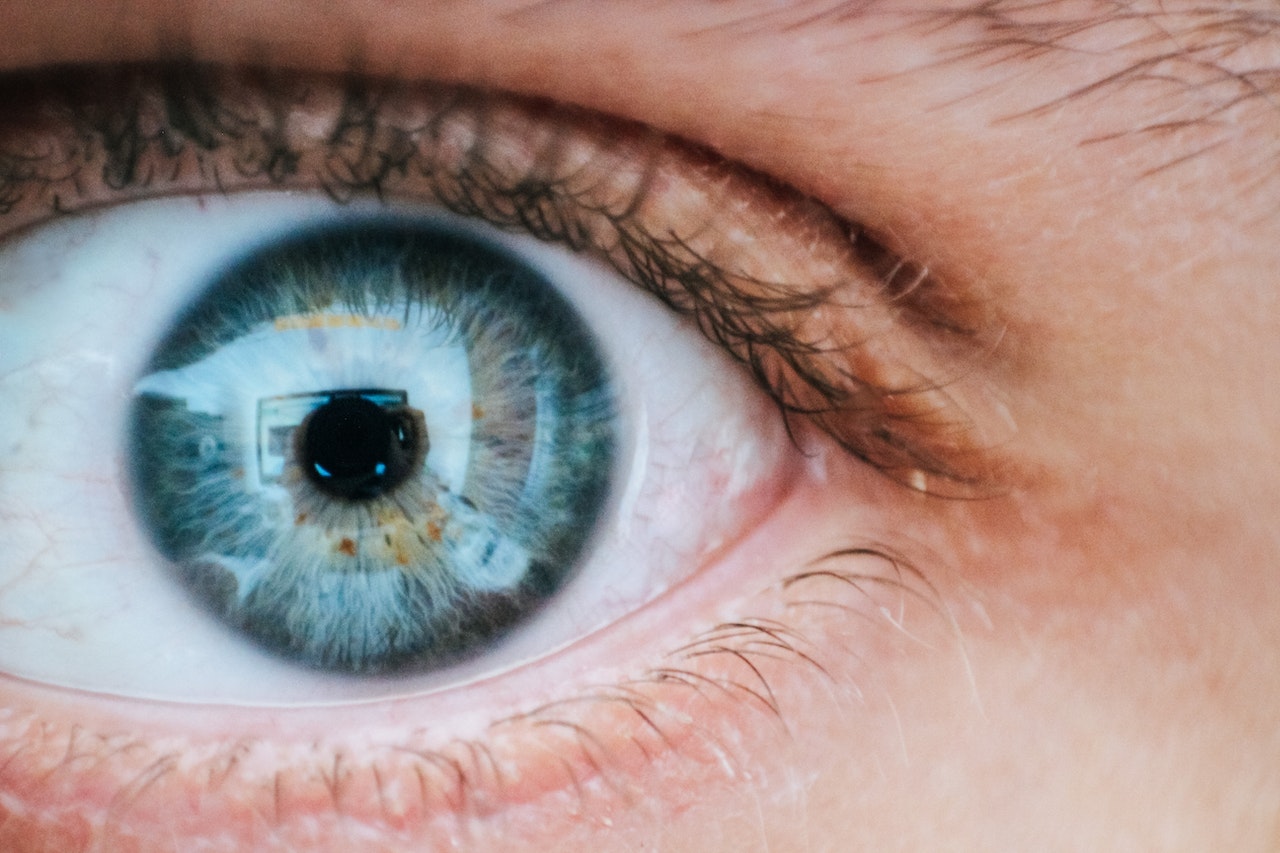
Vision correction procedures aim to address refractive errors, common eye conditions affecting millions globally. These discrepancies result in impaired visual acuity, challenges in object focus, and ocular strain. Correcting these issues is vital for maintaining clear vision and overall eye health. From traditional eyeglasses and contact lenses to advanced surgical techniques like LASIK and PRK, various methods of vision correction are available. Understanding how these procedures work empowers individuals to make informed decisions about their eye care, considering the unique benefits and considerations each approach offers. By opting for the most appropriate approach, individuals can substantially improve both their visual acuity and overall quality of life.
Common Types of Refractive Errors
The prevailing refractive errors encompass myopia (nearsightedness), hyperopia (farsightedness), astigmatism, and presbyopia. Myopia is characterized by the optical phenomenon wherein light converges in front of the retina, leading to the manifestation of blurred distant vision. Conversely, hyperopia transpires when light focuses behind the retina, leading to difficulties in clear vision of nearby objects.
Astigmatism emerges due to irregular cornea or lens curvature, causing distorted and blurred vision at all distances. Presbyopia, an age-related condition, involves a loss of natural lens flexibility, leading to challenges in focusing on nearby objects. Each of these refractive errors can be addressed through various approaches, ranging from prescription eyeglasses and contact lenses for mild cases to surgical interventions for more severe conditions.
Non-Surgical Vision Correction Methods
Eyeglasses and contact lenses serve as the primary non-surgical modalities for addressing refractive errors. Eyeglasses function by refracting light rays before reaching the eyes, effectively compensating for the specific refractive error. Optometrists and ophthalmologists prescribe customized eyeglasses tailored to meet the individual’s unique refractive needs, guaranteeing clear and comfortable vision for the wearer.
Similarly, contact lenses correct refractive errors by directly adhering to the eye’s surface, facilitating an unobstructed passage for light to enter the eye. The availability of diverse contact lens types, including soft, rigid gas-permeable, and toric lenses for astigmatism correction, ensures a comprehensive range of options.
The Vision Correction Process
The day of the vision correction procedure is meticulously scheduled and executed to prioritize patient comfort and safety. Surgical interventions, such as LASIK and PRK, may involve the administration of mild sedation or the use of eye-numbing drops to ensure patients remain relaxed and experience minimal discomfort.
Employing cutting-edge technology, the surgeon meticulously performs the procedure, skillfully reshaping the cornea or lens to address the refractive error. Typically, the surgery lasts only a few minutes per eye, and following the procedure, patients are provided with a brief period of rest before receiving post-operative instructions and necessary eye protection before discharge. Another procedure,
The EVO Visian ICL represents a state-of-the-art vision correction technology that is surgically implanted within the eye to address myopia, hyperopia, and astigmatism. Crafted from a pliable Collamer material, this innovative device gently unfolds inside the eye, providing a permanent solution for vision correction while preserving the integrity of natural ocular structures.
Post-Operative Care and Recovery
The post-operative recovery phase following vision correction procedures plays a pivotal role in achieving optimal healing and favorable visual outcomes. During the initial days or weeks after the procedure, patients may encounter certain discomfort, dryness, and minor fluctuations in vision.
To closely monitor progress and ensure the eyes are healing as anticipated, follow-up appointments are diligently arranged. Patients are provided with comprehensive instructions on effectively managing post-operative symptoms, adhering to the prescribed regimen of eye drops, and refraining from activities that may strain the eyes during this recuperation period.
With diligent care and adherence to the post-operative guidelines, the majority of individuals can expect to resume their routine activities within a period ranging from a few days to approximately one week after the surgery.
Potential Risks and Complications
Vision correction procedures exhibit notable success rates; nevertheless, they entail inherent risks and potential complications. These risks commonly encompass transient occurrences, such as temporary dry eyes, light sensitivity, and visual disturbances during the healing phase. Although infrequent, more serious complications, including infection, corneal scarring, or vision loss, may manifest in certain cases.
It is imperative to acknowledge that the likelihood of encountering such complications remains relatively low, particularly when these procedures are conducted by proficient surgeons following thorough preoperative evaluations.
Success Rates and Patient Satisfaction
Vision correction procedures have shown remarkable success rates in enhancing visual acuity and reducing or even eliminating dependence on glasses or contact lenses. Patients consistently express heightened satisfaction with their improved vision, leading to an enhanced quality of life post-procedure.
Immediate and significant vision improvement is a common experience among the majority of individuals undergoing these surgeries, and the advantages further amplify as the eyes undergo healing and stabilization. Testimonials from real patients who have undergone vision correction procedures offer valuable insights into the efficacy and transformative effects of these interventions.
Conclusion
Vision correction procedures are crucial for individuals with refractive errors, providing clear vision and an improved quality of life. Non-surgical methods like eyeglasses and contact lenses offer temporary solutions, while surgeries such as LASIK, PRK, SMILE, and RLE provide lasting vision correction. Consulting qualified eye care professionals helps patients find suitable methods based on their needs. Advancements in technology and ongoing research promise even better outcomes and increased patient satisfaction for the future of vision correction.


